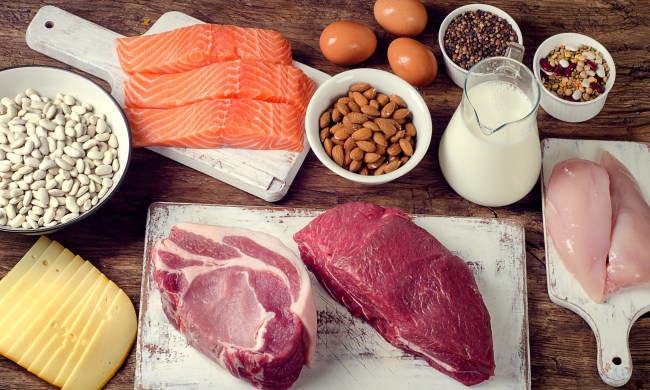When you hear of the Military Diet plan, you likely assume it is something that members of the armed services follow. However, the diet is actually not even associated with the military! It is a strict way of eating that has been popularized on social media.
The Military Diet is designed to be a quick fix for weight loss — a way to lose a significant amount of weight rapidly. As such, there are real concerns about the safety and sustainability of the Military Diet.
Whether you’ve seen the viral posts on social media of people touting their weight loss success stories on the Military Diet or want to lose weight quickly (we caution you against that) and want to learn more about the Military Diet, keep reading for our guide to the Military Diet, including what the diet entails and whether the Military Diet is safe and effective.
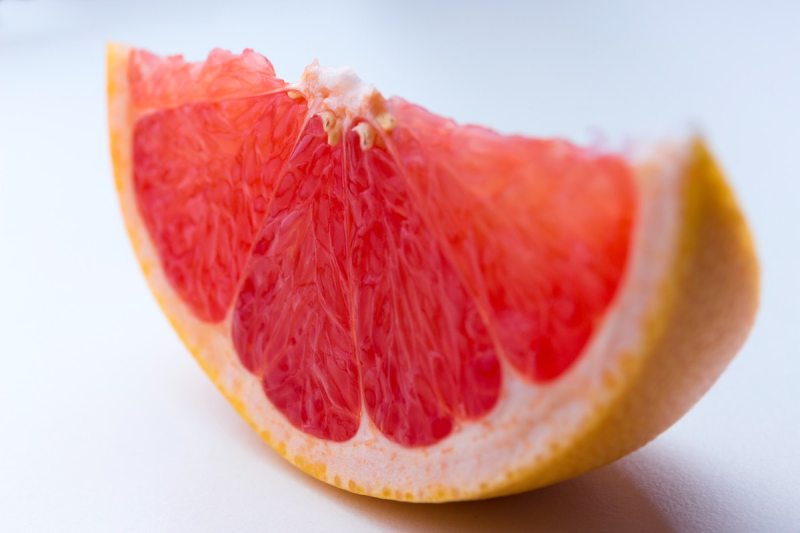
What is the Military Diet plan?
The Military Diet is a fad diet that is purported to help you lose weight rapidly — up to 10 pounds (4.5 kg) in one week and 30 pounds in one month — by restricting calories and revving your metabolism. This diet is high in protein and low in calories, fat, and complex carbohydrates.
The metabolic boost is said to come from consuming certain combinations of foods prescribed on the meal plan. The Military Diet only consists of modifying what you eat and drink. It is a free program, and there are no supplements to take or specific products to buy.

How do you follow the Military Diet plan?
The Military Diet is a version of a crash diet as well as a macro version of intermittent fasting. It involves following a calorie-restricted diet for three days, followed by four days of free eating. That said, the four days of “free eating” still have a set meal plan, but it’s less restrictive than the first three days.
Participants are encouraged to follow this weekly pattern for a full month (three days of restricted eating followed by four days off).
During the three-day restricted phases of the diet, your food intake is limited to three meals (breakfast, lunch, and dinner) with no snacks between meals. The total daily calorie intake comes out to approximately 1,100-1,400 calories (1,400 calories on day one, 1,200 calories on day two, and 1,100 calories on day three), which classifies the Military Diet as a low-calorie diet. Note that any dietary pattern that limits daily caloric intake to 800-1,200 calories is classified as a low-calorie diet.
Moreover, there’s a recommended meal plan for the “off days,” but those plans still only provide around 1,500 calories per day.
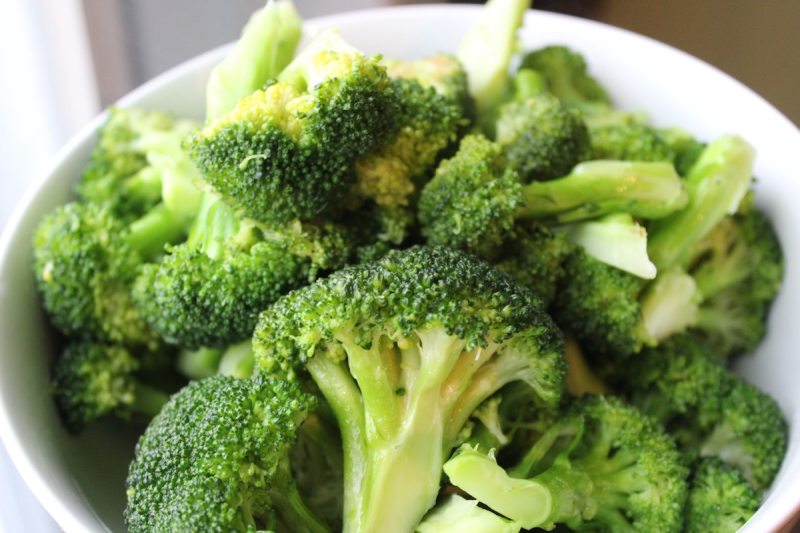
What can you eat on the Military Diet?
The Military Diet guide involves two phases: a three-day restricted eating meal plan and a four-day less restrictive eating plan. During the restricted phase, you can only eat 16 foods. In other words, your three meals are confined to the same choices of 16 potential foods, and you can select what you want to eat from these foods.
The foods permitted on the Military Diet include the following:
- Whole wheat bread
- Saltine crackers
- Grapefruit
- Apples
- Bananas
- Eggs
- Peanut butter
- Cheddar cheese
- Cottage cheese
- Canned tuna
- Green beans
- Carrots
- Broccoli
- Hot dogs (no bun)
- A small piece of meat
- A small amount of vanilla ice cream
What can you drink on the Military Diet?
The Military Diet encourages you to drink water or herbal tea. You are also permitted to drink caffeinated tea or coffee up to twice per day, but you cannot add creamers, sugars, or other sweeteners.

Sample Military Diet meal plan
There is some flexibility in what you eat, but if you follow the recommendations, this is what the meal plan looks like on the Military Diet.
Day 1
Breakfast
- 1/2 grapefruit, no sugar
- 1 slice of whole wheat toast
- 2 tablespoons of unsalted peanut butter with no added sugars
- 1 cup of caffeinated black coffee or tea
Lunch
- 1/2 cup of canned tuna in water
- 1 slice of whole wheat toast
- 1 cup of caffeinated black coffee or tea
Dinner
- 3 ounces of any meat
- 1 cup of green beans
- 1 small apple
- 1/2 banana
- 1 cup of vanilla ice cream
Day 2
Breakfast
- 1 egg, poached, hard-boiled, or scrambled with nothing added
- 1 slice of whole wheat toast
- 1/2 banana
Lunch
- 1 hard-boiled egg
- 1 cup of cottage cheese
- 5 saltine crackers
Dinner
- 2 hot dogs without the buns
- 1 cup of broccoli
- 1/2 cup of carrots
- 1/2 banana
- 1/2 cup of vanilla ice cream
Day 3
Breakfast
- 5 saltine crackers
- 1-ounce slice of cheddar cheese
- 1 small apple
Lunch
- 1 hard-boiled egg
- 1 slice of whole wheat toast
Dinner
- 1 cup of canned tuna in water
- 1/2 banana
- 1 cup of vanilla ice cream
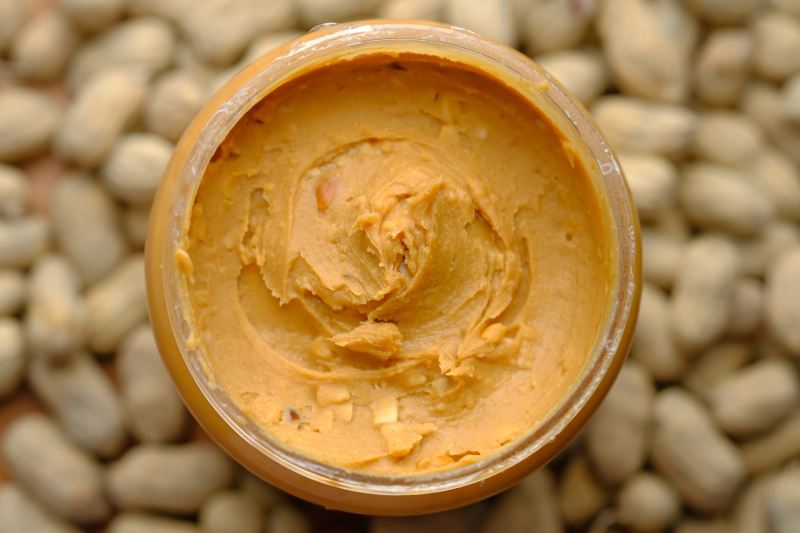
Plant-based meal plan
For those following a plant-based diet (vegans and vegetarians, for example), the three-day meal plan for the Military Diet consists of the following:
Day 1
Breakfast
- 1/2 plain grapefruit
- 1 slice of whole wheat toast
- 2 tablespoons peanut butter
- 1 cup of caffeinated black coffee or tea
Lunch
- 1/2 avocado
- 2 tablespoons hummus
- 1 slice of whole wheat toast
- 1 cup of caffeinated black coffee or tea
Dinner
- 1 cup tofu (up to 300 calories)
- 1 cup of green beans
- 1/2 banana
- 1 small apple
- 1 cup of vegan vanilla ice cream
Day 2
Breakfast
- 1/2 cup baked beans
- 1 slice of whole wheat toast
- 1/2 banana
Lunch
- 1 cup of unsweetened soy, hemp, or almond milk
- 1/2 avocado
- 2 tablespoons hummus
- 5 saltine crackers
Dinner
- 2 vegan hot dogs without the buns
- 1 cup of broccoli
- 1/2 cup of carrots
- 1/2 banana
- 1/2 cup of vegan vanilla ice cream
Day 3
Breakfast
- 15-20 almonds
- 5 saltine crackers
- 1 small apple
Lunch
- 1/2 avocado
- 1 tablespoon hummus
- 1 slice of whole wheat toast
Dinner
- 1/2 cup of canned chickpeas
- 1/2 banana
- 1 cup of vegan vanilla ice cream
After the three-day restricted phase on either the omnivorous or plant-based version Military Diet, you can theoretically eat whatever you want as long as you follow a healthy eating plan. That said, there is a suggested 1,500-calorie diet to follow.
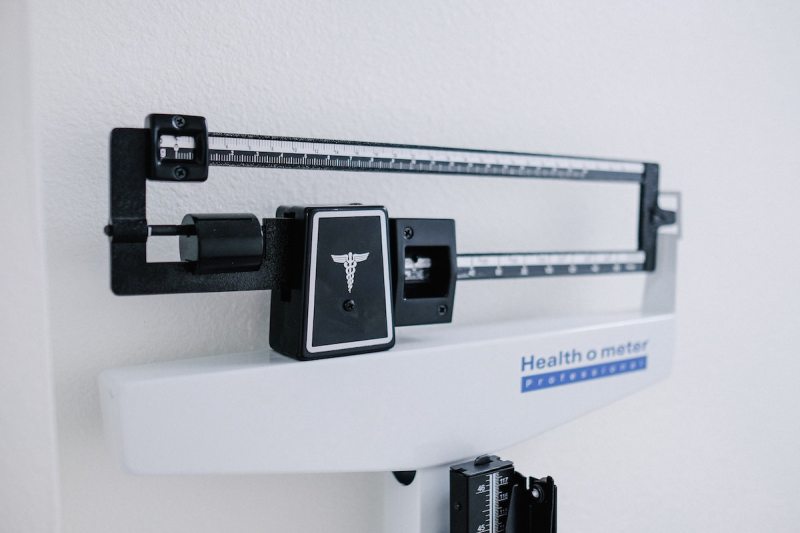
Does the Military Diet work?
There are no research studies demonstrating the efficacy of the Military Diet. However, a calorie deficit is required for weight loss, so theoretically, it’s possible to lose weight on the Military Diet, provided your metabolic needs exceed the number of calories you’re consuming (1,100-1,400 per day).
However, the Military Diet purports that participants can lose up to 10 pounds in a week. It’s important to note that this is neither healthy nor true fat loss. A healthier and more reasonable goal is to lose one to two pounds per week.
While some people could lose 10 pounds according to the scale, much of this is just water weight rather than fat loss. To lose one pound of body fat, you have to create a deficit of 3500 calories, which essentially means you have to eat 3,500 calories less than you burn. Therefore, to lose 10 pounds of fat, you have to create a 35,000-calorie deficit per week. This equates to 5,000 calories per day, which is frankly nearly impossible.
You would have to be exercising intensely for the majority of the day and consuming next to nothing, which would not be sustainable, advisable, or healthy. So, although you can lose weight and lose some fat on the Military Diet, much of the downward movement you see on the scale is a loss of water from consuming less salt, sugar, alcohol, processed food, and overall food mass.
Is the Military Diet healthy?
As mentioned, the Military Diet is a low-calorie diet since it restricts the caloric intake to around 1,200 calories per day. This intake falls well below the recommended daily caloric intake for adults according to the 2020-2025 United States Dietary Guidelines. Under these recommendations, adult men should aim for a minimum of 2,200to 2,400 calories, while adult females should aim for 1,600 to 1,800 calories per day.
The Military Diet also includes highly processed foods like hot dogs, saltines, and vanilla ice cream with low nutritional value and it contains very little fiber.

What are some of the risks of the Military Diet plan?
If you choose to follow the Military Diet plan, be sure to keep a close watch on your overall health (it’s always a good idea to check in with your doctor before starting any new diet plan), as the restrictive nature of the Military Diet does carry some potential risks.
Because people adhering to the Military Diet can have some nutrient deficiencies, complications like weakness and fatigue can be common. Your mental state can also be impacted, leading to irritability, mood swings, and feeling stressed out. In some extreme cases, people who become overly obsessed with restricting their caloric intake can develop anxiety about their eating habits, which, in some extreme cases, can lead to eating disorders. Keep reading for a more sensible and sustainable approach to long-term weight loss.

How can you lose weight without the Military Diet?
A more sensible and sustainable approach to weight loss than the restrictive Military Diet is to follow a calorie-controlled diet with a moderate caloric deficit created through reducing calorie intake and an increase in exercise. For example, to lose one pound of fat per week, you need to create a daily caloric deficit of 500 calories, which can be accomplished by increasing your physical activity to expend an additional 250 calories and reducing your current caloric intake by 250 calories. In terms of your diet, focus on nutritious, whole, unprocessed foods like vegetables, fruits, lean proteins, eggs, low-fat dairy, nuts, seeds, and healthy oils.



